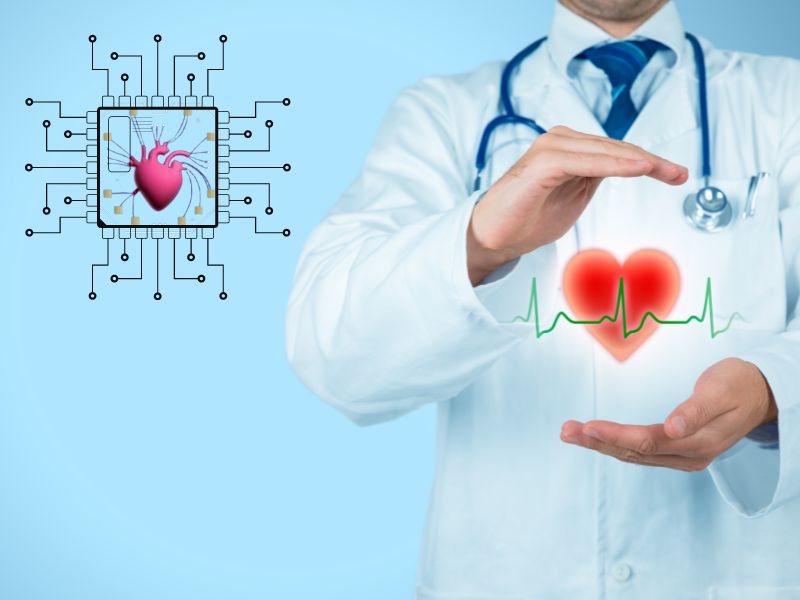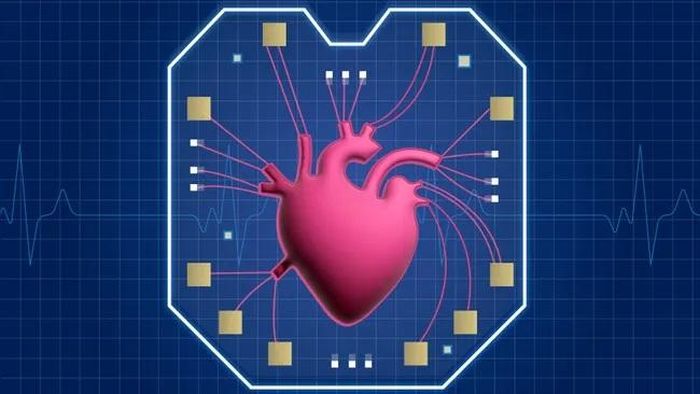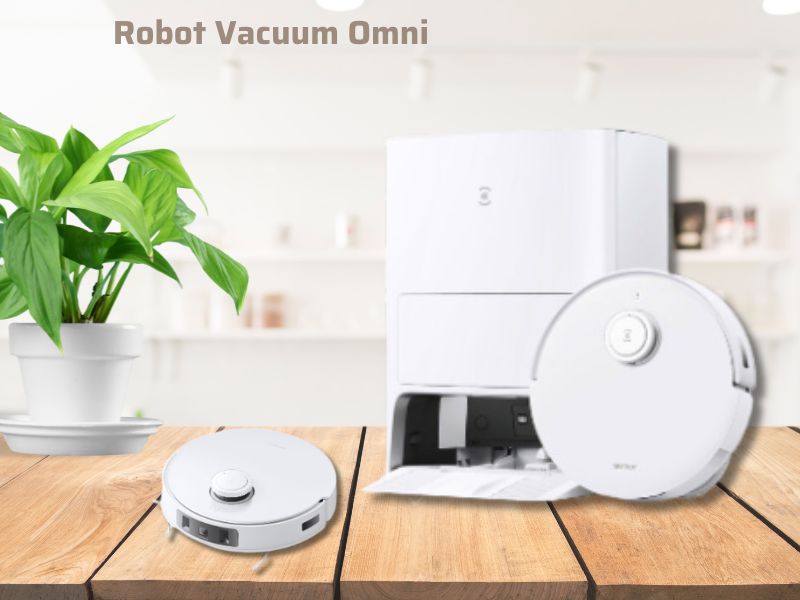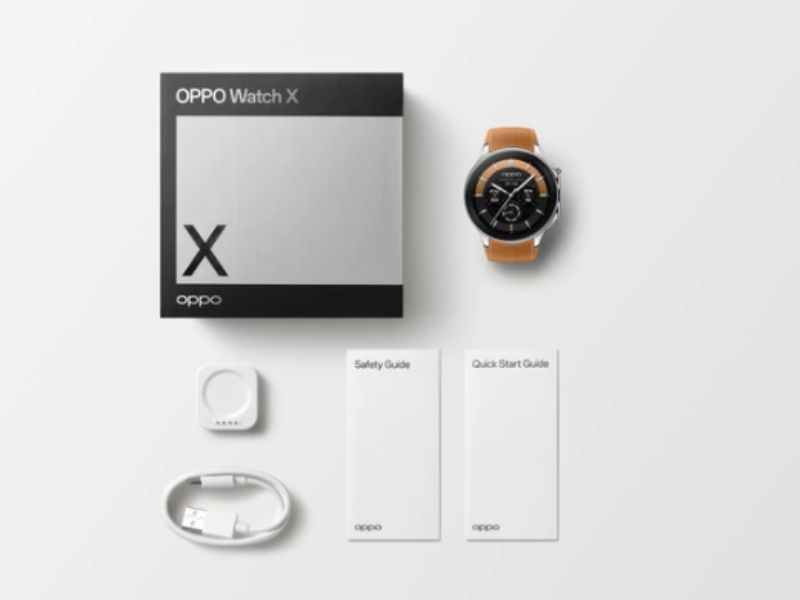The heart, one of the body’s most vital organs, is now being replicated on a small chip, marking a significant advancement in medical research.

The new technology developed by a research group from the National Institute of Standards and Technology (NIST) in the U.S., aiming to simulate the interaction of human heart cells on a credit card-sized device.
Research Objectives: The primary goal of the study is to gain a deeper understanding of the internal workings of the heart and provide a more accurate means of researching heart diseases, a leading cause of death in the U.S. The research also emphasizes improving the development and testing of drugs.
Comparison with Traditional Experiments: Traditional animal experiments face limitations in compatibility, ethical concerns, and significant time and cost issues. The heart-on-a-chip model reduces discrepancies with the human body, providing accurate and rapid results. It minimizes test subjects, saving time and costs, and its ability to integrate with other chips opens up numerous possibilities in medical research.
Research Methodology: Heart-on-a-chip models are developed by culturing small organs from stem cells, creating a basic environment simulating the human body. Cells are arranged to generate interactions and designed to study their responses to various drugs.

Results and Potential: To evaluate the accuracy and stability of the model, the research group continues to assess how heart cells function under normal and stressful conditions. Different organ chips can also be combined to study interactions after exposure to various drugs.
The NIST research team asserts that their new technology has the potential to streamline drug development, making the disease diagnosis process faster, safer, and more accurate. While the heart-on-a-chip model cannot completely replace clinical trials in humans, it provides a more efficient tool for preliminary research before advancing to human testing.
Future Prospects: The potential of this technology has been recognized by the U.S. Food and Drug Administration. By simulating the heart on a chip, this research opens up new possibilities in the study and development of drugs in the field of medicine. This technology not only enhances precision in simulating human organs but also strengthens predictive capabilities regarding how diseases progress and how drugs will function within the human body.
Note: This article utilizes information, images from Live Sciencet and NIST.





Hi there, just became alert to your blog through Google, and found that it is really informative.
I’m gonna watch out for brussels. I will be grateful if you
continue this in future. Lots of people will be benefited from
your writing. Cheers! Escape room
Fantastic beat ! I wish to apprentice while you amend your site, how could i subscribe for a blog website?
The account helped me a acceptable deal. I had been a little bit acquainted of this your
broadcast offered bright clear concept
Have a look at my web site: web page